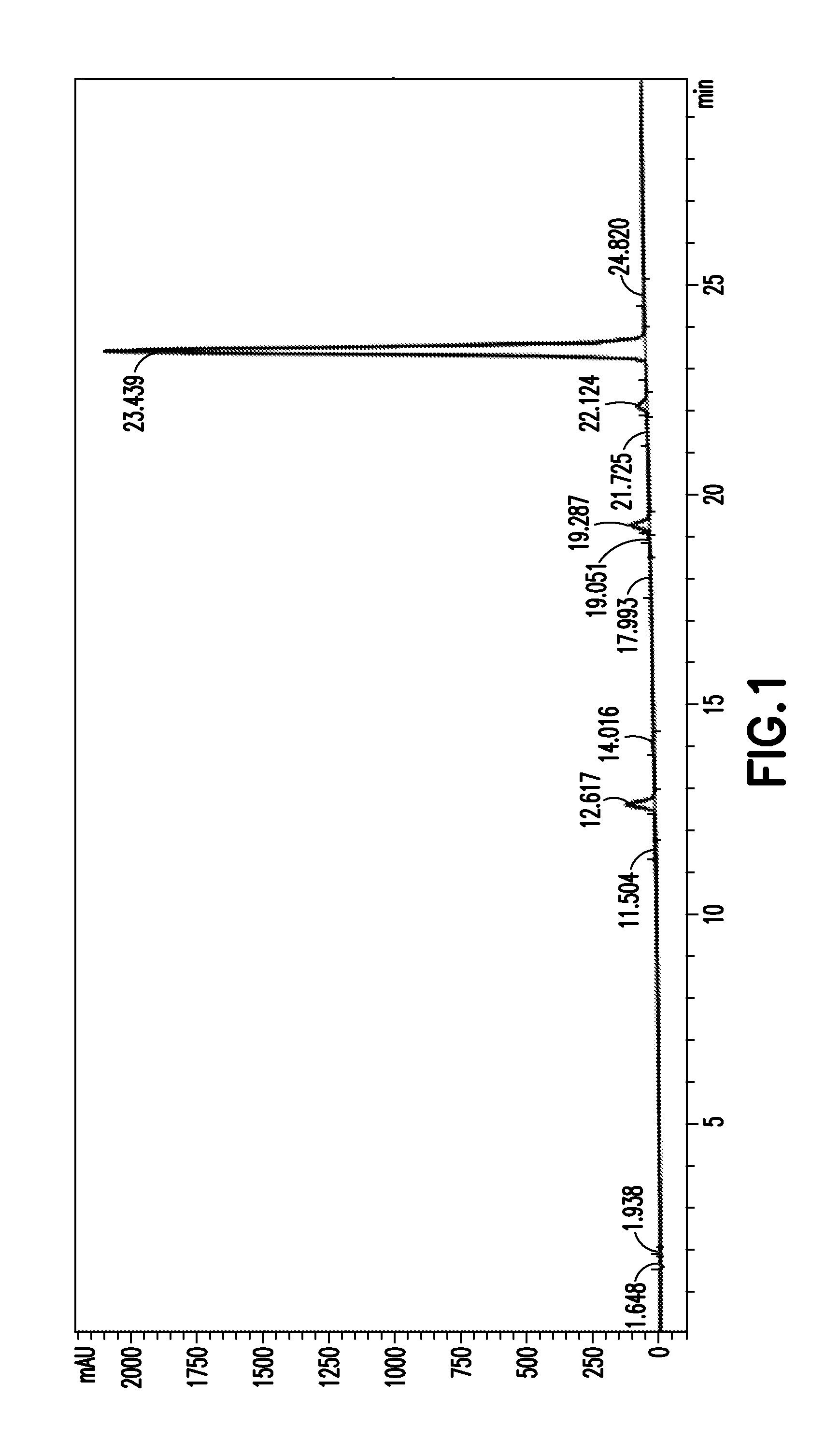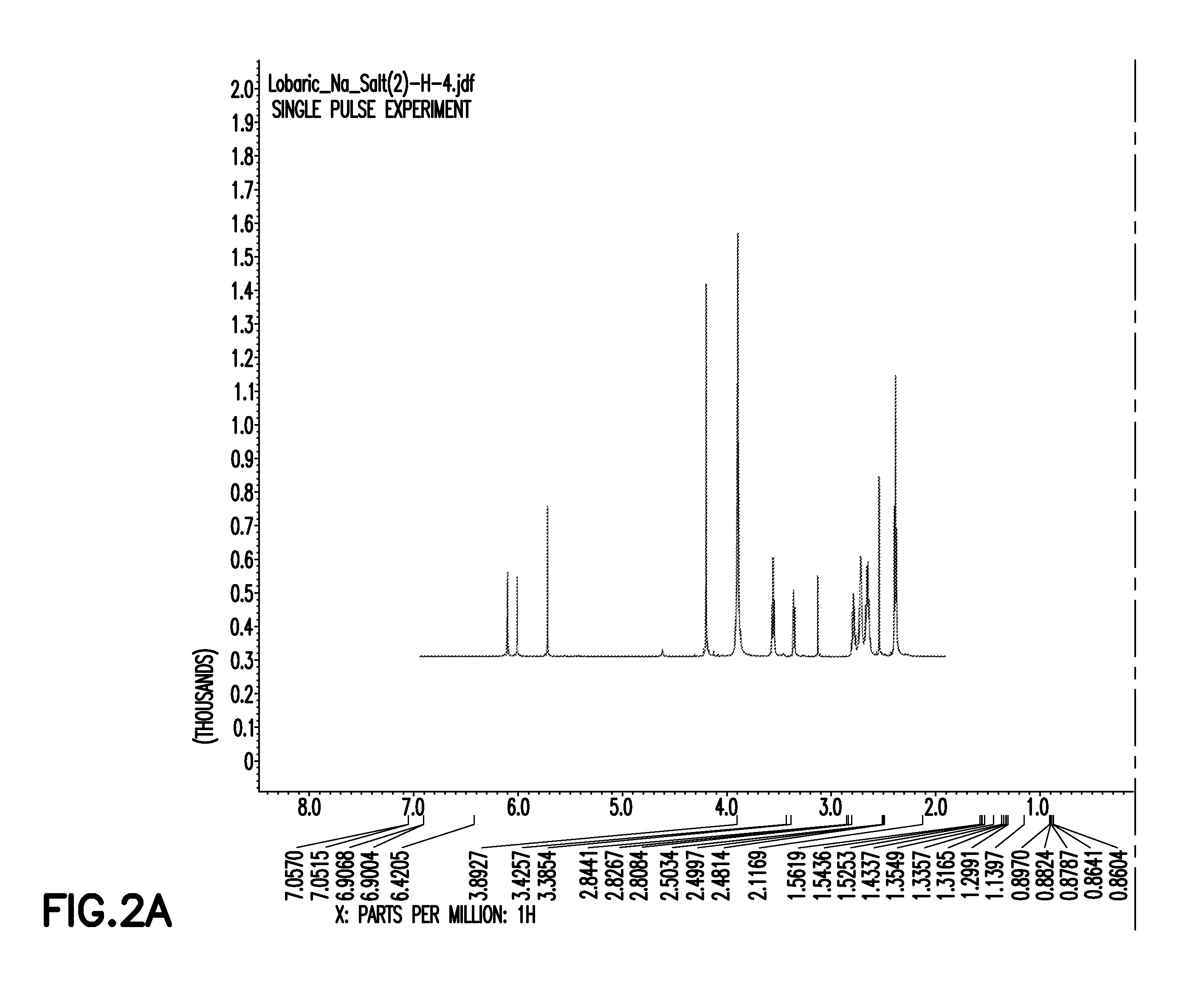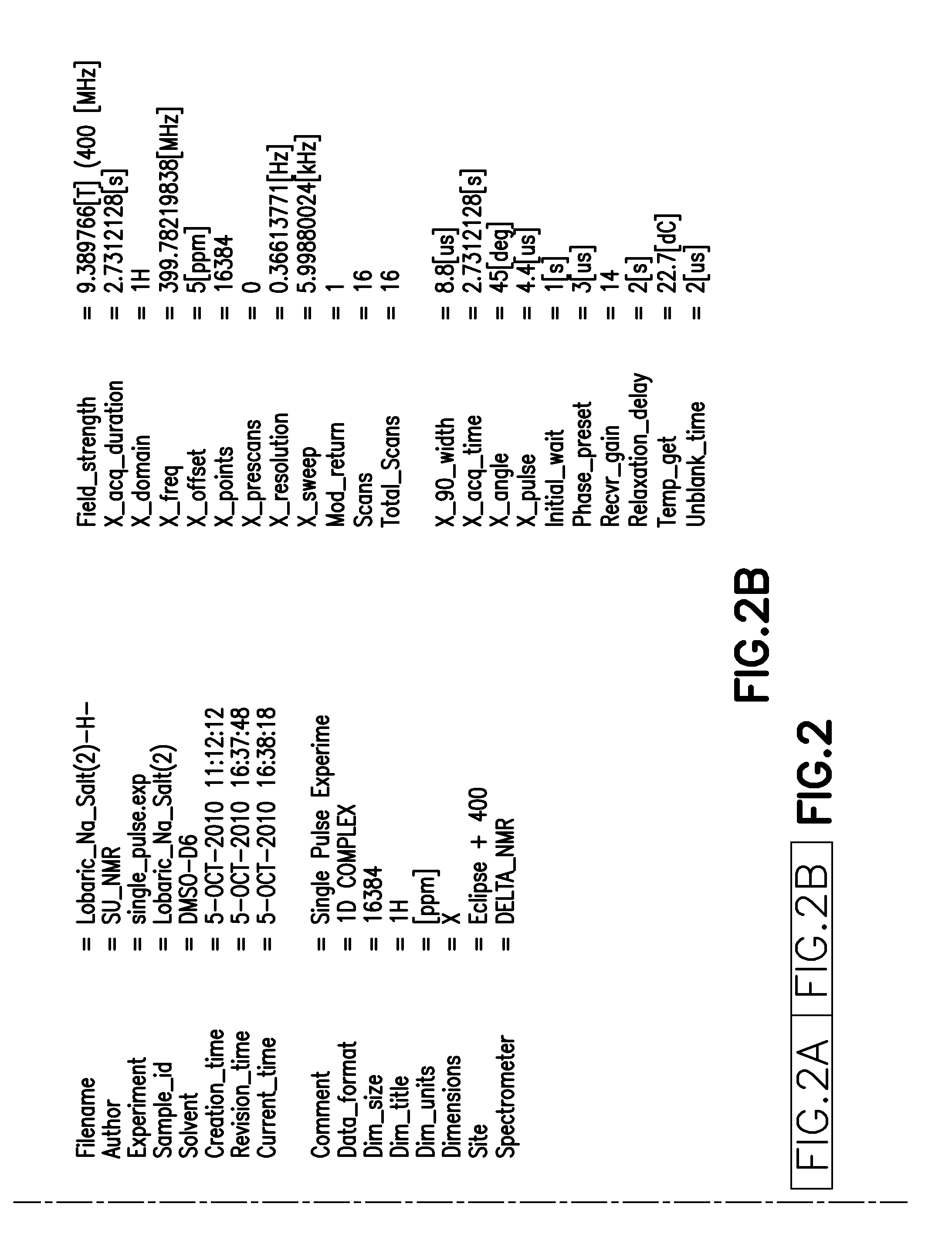Pharmaceutical and food compositions for preventing or treating diabetes or obesity
- Summary
- Abstract
- Description
- Claims
- Application Information
AI Technical Summary
Benefits of technology
Problems solved by technology
Method used
Image
Examples
example 1
Preparation of Lobaric Acid from the Extract of Antarctic Lichen Stereocaulon alpinum
[0156]1-1: Preparation of an Extract of Antarctic Lichen Stereocaulon alpinum
[0157]The Antarctic lichen Stereocaulon alpinum (Stereocaulon alpinum (Hedw.) G.L. Sm.) used in the present invention was collected from the area around the King Sejong Station (S 62°13.3′, W58°47.0′) located on Barton Peninsula on King George Island, Antarctica, in January 2003.
[0158]50 g of dried Stereocaulon alpinum was extracted twice with 1 L of methanol for 24 hours to obtain 3.6 g of a methanol extract. The obtained extract was loaded onto flash column chromatography (5×25 Cm) packed with silica gel (C18) and was subjected to concentration gradient of 10%, 20%, 30%, 40%, 50%, 60%, 70%, 80%, 90% and 100% (v / v) methanol (MeOH) stepwise, and each methanol fraction was collected.
[0159]1-2: Preparation of Lobaric Acid from the Extract of Antarctic Lichen Stereocaulon alpinum
[0160]204.6 mg of the fraction, obtained by e...
example 2
Synthesis of Sodium Lobarate
[0162]2-1: Preparation of Sodium Lobarate from Lobaric Acid
[0163]10 mg (22 umol) of the lobaric acid obtained in Example 1-2 was dissolved in 3 ml of acetone, and 50 ul of 1M NaHCO3 was added thereto, followed by stirring for 1-2 minutes. The solid precipitated on adding the NaHCO3 was filtered out, immediately after which it was completely concentrated by a rotary evaporator. After completion of the concentration, sodium lobarate (<10 mg) could be obtained as a white solid. Then, in order to remove excess salt from the product to increase the purity, the product was analyzed by reverse phase HPLC using Agilent Eclipse XDB-C18 column (4.6×150 mm, USA). The solvent system used in the analysis was composed of line A and line B which supplied 0.1% formic acid-containing water and 0.1% formic acid-containing acetonitrile, respectively. The elution conditions were as follows: 40% to 50% acetonitrile for 5 min; 50% to 80% acetonitrile for 15 min; and 80% to 90%...
example 3
Analysis of PTP-1b Inhibitory Activity of Sodium Lobarate
[0168]In order to analyze the PTP-1b (protein tyrosine phosphatase-1b) inhibitory activity of sodium lobarate, the activity of the enzyme was spectroscopically measured.
[0169]Specifically, to 0.5 mg / Ml of PTP-1b (Bioneer, Korea) in PTP-1b buffer (20 mM Tris-HCl, pH 8.0, 0.75 mM NaCl, 0.5 mM EDTA, 5 mM β-mercaptoethanol, 50% glycerol), 0, 1, 3, 10, 30, 100, 300, 1,000 and 3,000 nM of sodium lobarate and the substrate [pTyr1146] insulin receptor (1142-1153, Sigma, USA) were added. Each mixture was allowed to react at room temperature for 10-30 minutes, and malachite green-molybdate dye solution was added thereto and reacted at room temperature for 10 minutes. After completion between PTP-1b, sodium lobarate and the substrate, the absorbance at 620 nm was measured.
[0170]As a result, as can be seen in FIG. 6, when the inhibitory activity of sodium lobarate against PTP-1b was analyzed, sodium lobarate showed an IC50 of 350 nM, sugg...
PUM
 Login to view more
Login to view more Abstract
Description
Claims
Application Information
 Login to view more
Login to view more - R&D Engineer
- R&D Manager
- IP Professional
- Industry Leading Data Capabilities
- Powerful AI technology
- Patent DNA Extraction
Browse by: Latest US Patents, China's latest patents, Technical Efficacy Thesaurus, Application Domain, Technology Topic.
© 2024 PatSnap. All rights reserved.Legal|Privacy policy|Modern Slavery Act Transparency Statement|Sitemap



